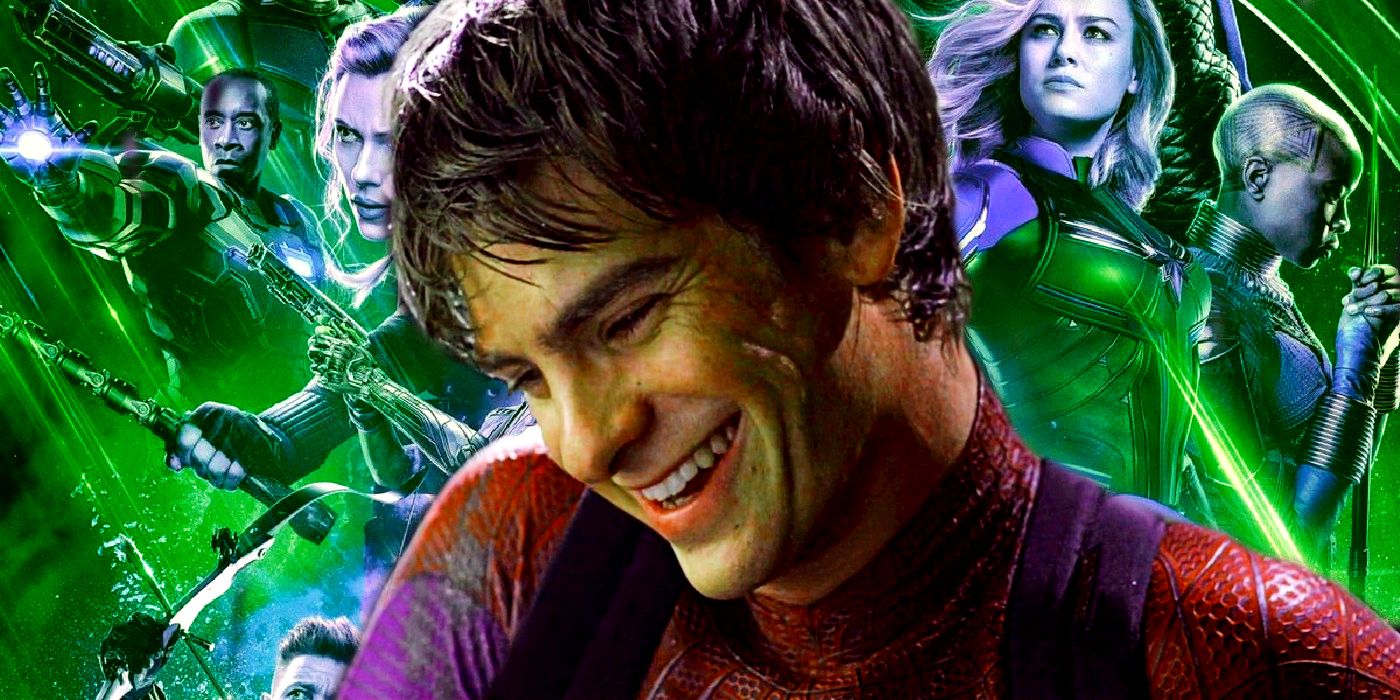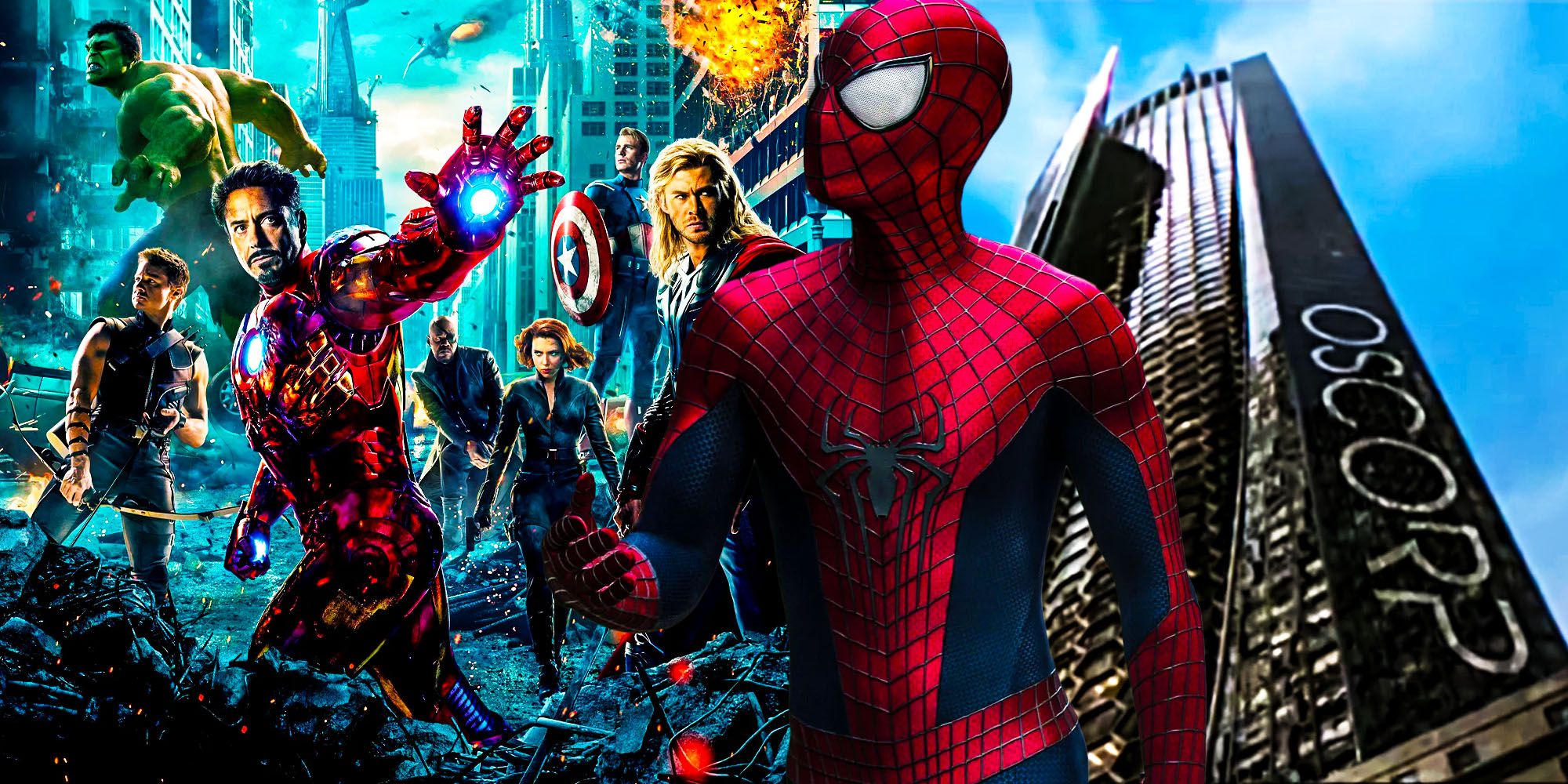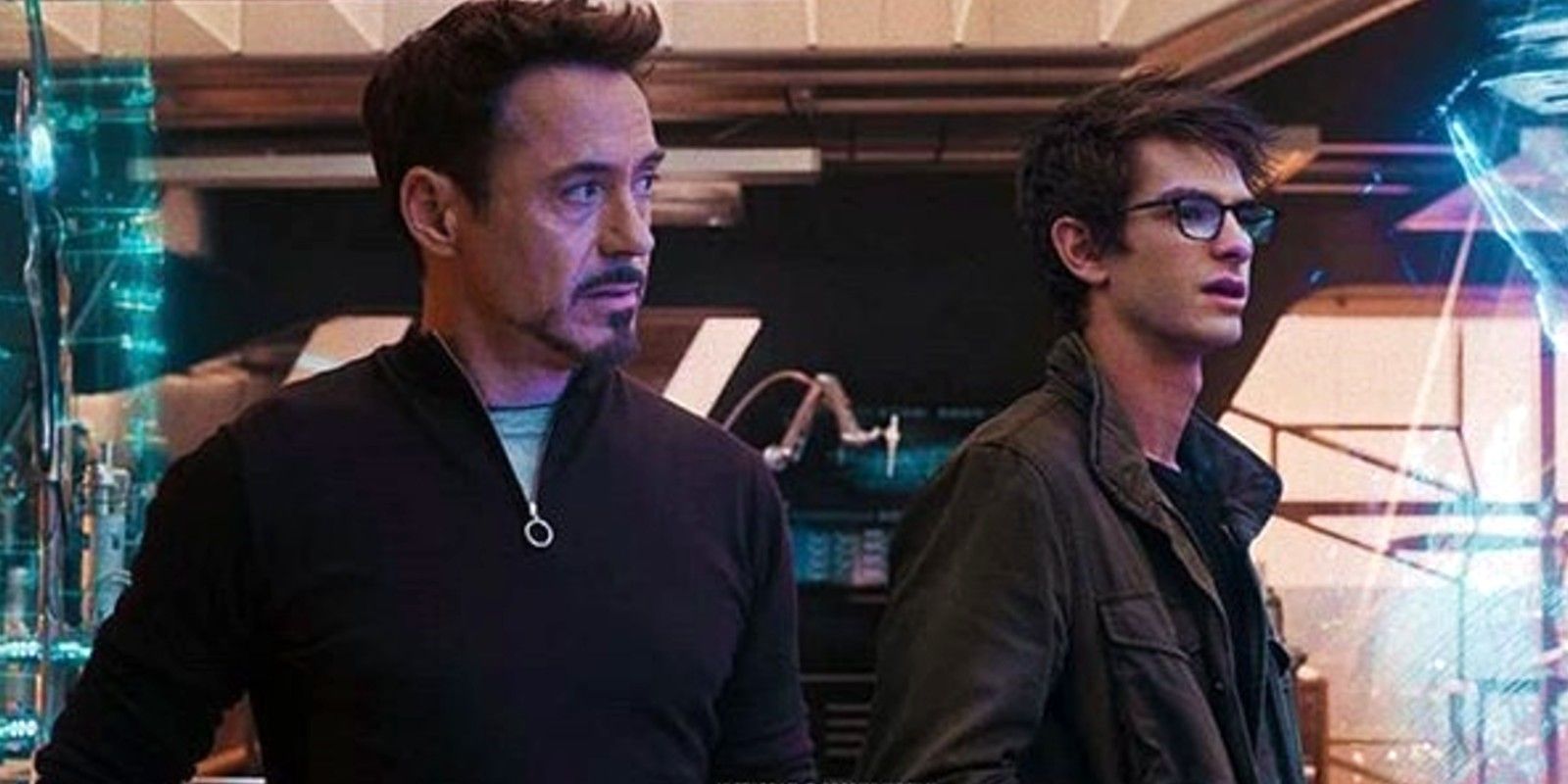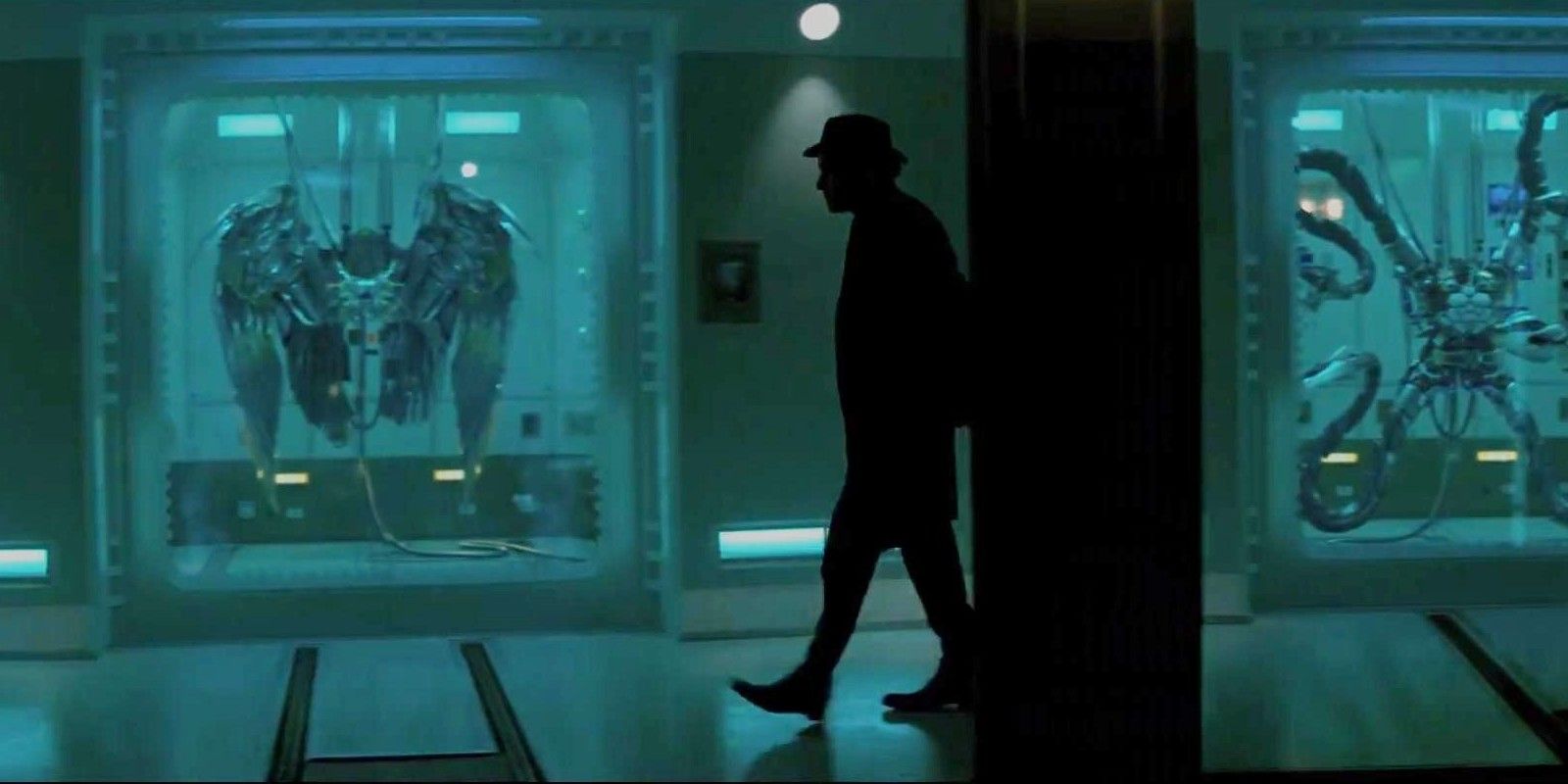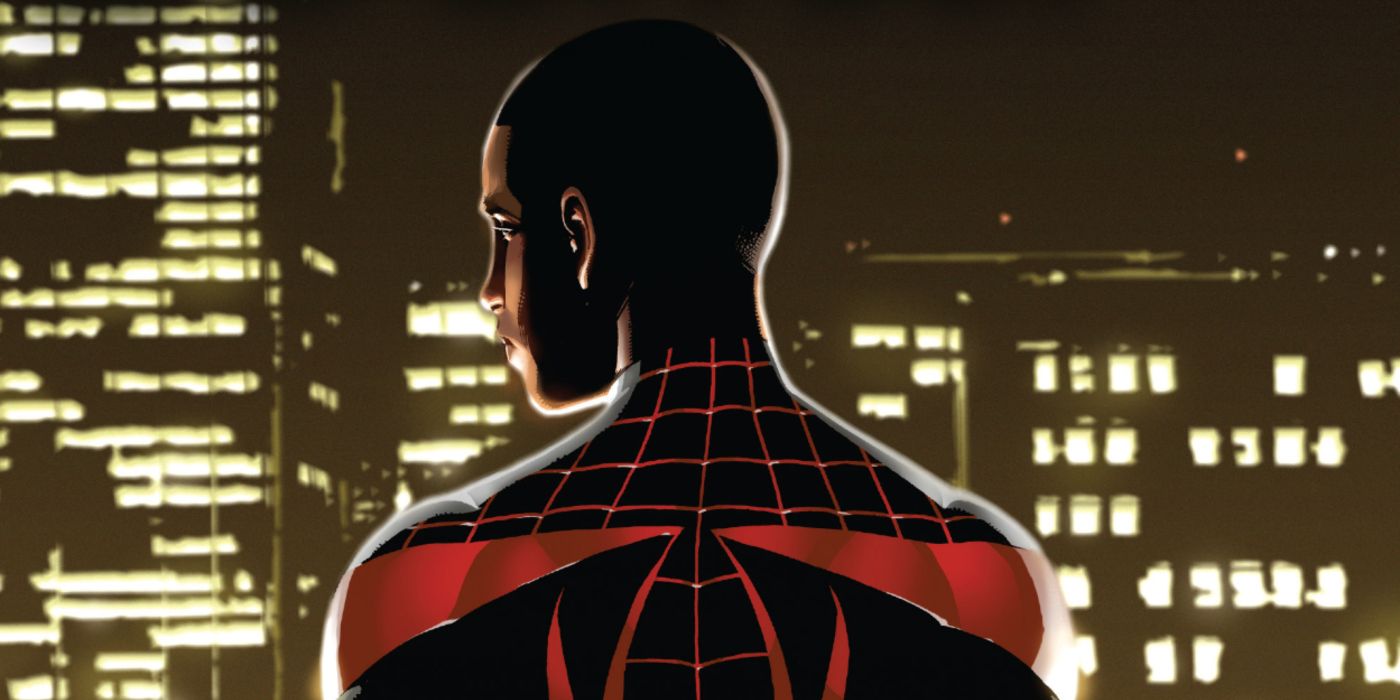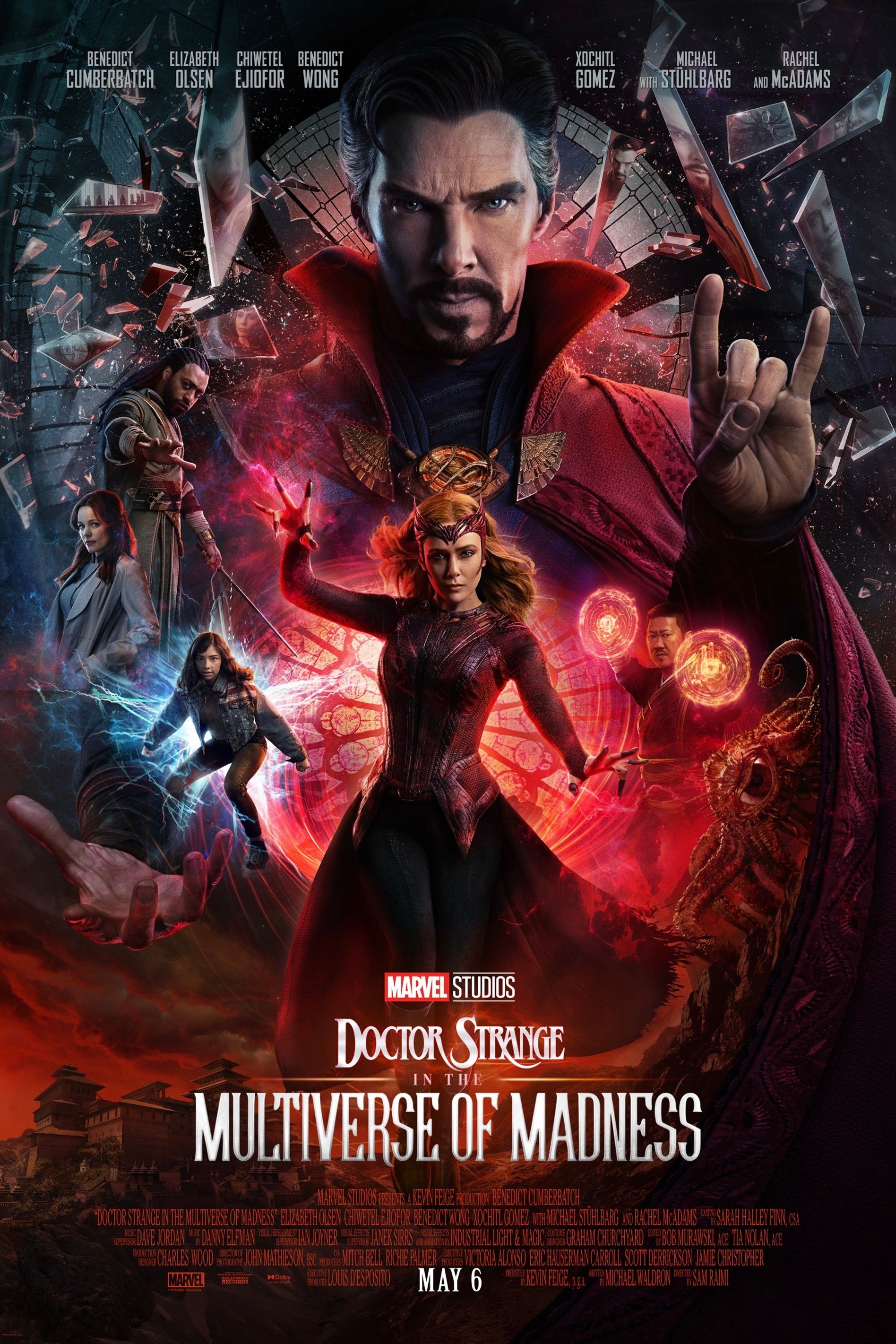Andrew Garfield almost became the MCU’s canonical Spider-Man in 2012’s The Avengers, which could have resulted in a fascinatingly different MCU and The Amazing Spider-Man film series. The Marvel Cinematic Universe quickly became a pop-culture juggernaut when the Marvel superhero solo films of Phase 1 coalesced into the famous superhero team in what was, at the time, an extremely ambitious and risky crossover film. Marc Webb’s The Amazing Spider-Man was released in 2012 as well, and while Sony and Marvel Studios hadn’t yet reached an agreement as far as Spider-Man appearing in an MCU film (or MCU characters appearing in Spider-Man films), they nearly established the two as sharing a continuity via an Easter egg, which would have had lasting ramifications.
After the beloved Sam Raimi Spider-Man Trilogy ended with Spider-Man 3, Sony rebooted the franchise to retain the Spider-Man film rights. The new series, called The Amazing Spider-Man, took inspiration from different eras of the Spider-Man comics, resulting in a new iteration of the web-slinger who was just as true to the character as Raimi’s version but based on different source material. The Amazing Spider-Man series only had two installments, and the series was rebooted yet again after The Amazing Spider-Man 2, allowing for another iteration of Peter Parker, now played by Tom Holland, to be integrated into the MCU from the beginning, thanks to an agreement between Marvel Studios and Sony.
Like the Tobey Maguire version in 2008, Andrew Garfield’s Spider-Man came extremely close to becoming the MCU’s web-slinger when The Avengers almost included the then-upcoming film’s Oscorp Tower in its New York skyline. Although it would have been a simple visual Easter egg, this would have established that The Amazing Spider-Man series took place in the MCU, even if legal barriers prevented Spider-Man from appearing in its films. While the MCU’s Phase 1 and Andrew Garfield’s first film would be left unchanged, this would likely lead to a series of additional references in Garfield’s second outing and the MCU’s Phase 2. As a result, there are several ways in which his presence could have had a significant impact on the rest of the post-Avengers MCU.
The Amazing Spider-Man 2 Would Acknowledge Its MCU Connection
Considering that the near-addition of Oscorp Tower to The Avengers was only an Easter egg, 2012’s The Amazing Spider-Man would remain unchanged by its MCU canon confirmation. Stark Tower (later remodeled into Avengers Tower) replaces the deconstructed MetLife Building in The Avengers but is missing from The Amazing Spider-Man’s New York skyline. This would likely, and inadvertently, place Peter’s superhero origin before the events of The Avengers, making him an established superhero by the time the Chitauri invade New York. Avengers: Endgame confirms that The Ancient One was fighting Chitauri invaders during the battle, but was offscreen due to her being in Greenwich Village while The Avengers stayed within Midtown. Spider-Man’s absence from The Avengers could easily be explained away in a later installment or spinoff story that places him elsewhere in Manhattan during the battle.
The Amazing Spider-Man 2, however, could have easily included MCU references to acknowledge its shared continuity. In addition to adding the Avengers Tower to the NYC skyline, the film could, for instance, have tweaked the backstory of Peter’s parents, establishing them as SHIELD agents. Moreover, Oscorp’s amoral use of Richard Parker’s research could have been tied to MCU organizations like AIM, the Red Room, or the Ten Rings. Meanwhile, the MCU’s Phase 2 could have added additional Spider-Man Easter eggs, such as listing Peter Parker as a potential threat to Hydra in Captain America: The Winter Soldier, including him as a target of Project Insight.
Garfield's Spider-Man Wouldn't Join Tony Stark So Easily In Civil War
Given Peter Parker’s experience as a superhero in his solo films, it’s difficult to imagine Andrew Garfield’s Spider-Man agreeing with the Sokovia Accords. Spider-Man’s secret identity is extremely important to him in the comics and the Amazing Spider-Man films, suggesting that – in this alternate MCU – Tony Stark might have discovered it through Curt Connors or Harry Osborn. Tony would therefore have needed to give Peter a good incentive to earn his assistance, which could involve assistance with his Oscorp troubles and clearing his parents’ names posthumously. In any case, Garfield’s Spider-Man would be a formidable member of Tony’s Civil War team, especially if he’s equipped with a new version of the Iron Spider suit.
How The Amazing Spider-Man 3 Would Have Fit Into The MCU
Before The Amazing Spider-Man film series was canceled and rebooted, Marc Webb and Sony had big plans for the third installment. Though he was still mourning the death of Gwen Stacy, Peter would have met a new iteration of Mary Jane Watson, played by Shailene Woodley. According to Webb, the film would have also established the Sinister Six as an ensemble cast of antagonists, with a resurrected Norman Osborn (Chris Cooper) leading them. Had Garfield’s Spider-Man been part of the MCU, his film would have also had the opportunity to include MCU characters like Iron Man.
Unlike Tom Holland’s iteration of Spider-Man, Andrew Garfield’s version was a self-sufficient hero who didn’t need an adult mentor. With a squad of deadly supervillains menacing New York, however, Spider-Man could reasonably call in an owed favor from Tony Stark, reacquiring the Iron Spider suit or simply fighting the Six with Iron Man’s assistance. In either case, Tony would still presumably be moving out of Avengers Tower and living in Westchester as he did in Spider-Man: Homecoming, leaving New York City under Spider-Man’s watch, for the most part.
What Andrew Garfield's MCU Spider-Man Future Might Have Looked Like
Garfield’s role in the third and fourth Avengers films would likely be similar to Tom Holland’s, with Spider-Man joining Tony’s group and fighting Thanos on Titan and dying when the warlord annihilates half of all life in the universe. Garfield’s Spider-Man would be resurrected by The Hulk and join the fight against Thanos in Endgame as well. With numerous crossovers and three solo films, Garfield’s Spider-Man would likely pass the torch to a new web-slinger in his fourth installment.
A hypothetical Amazing Spider-Man 4 could be Marc Webb’s adaptation of the Venom symbiote storylines, while simultaneously setting up a successor for Peter. Given the strong influence that the Ultimate Spider-Man comics had on Webb’s series, Miles Morales would most likely be set up as the next Spider-Man. Webb might also adapt 2011’s Death of Spider-Man story arc from the Ultimate comics putting a potential live-action Miles Morales in the perfect position to become the next web-slinger. All this suggests that, with Andrew Garfield as its canonical Spider-Man, the MCU would have gone in a different yet undeniably entertaining direction with Marvel’s flagship character.

